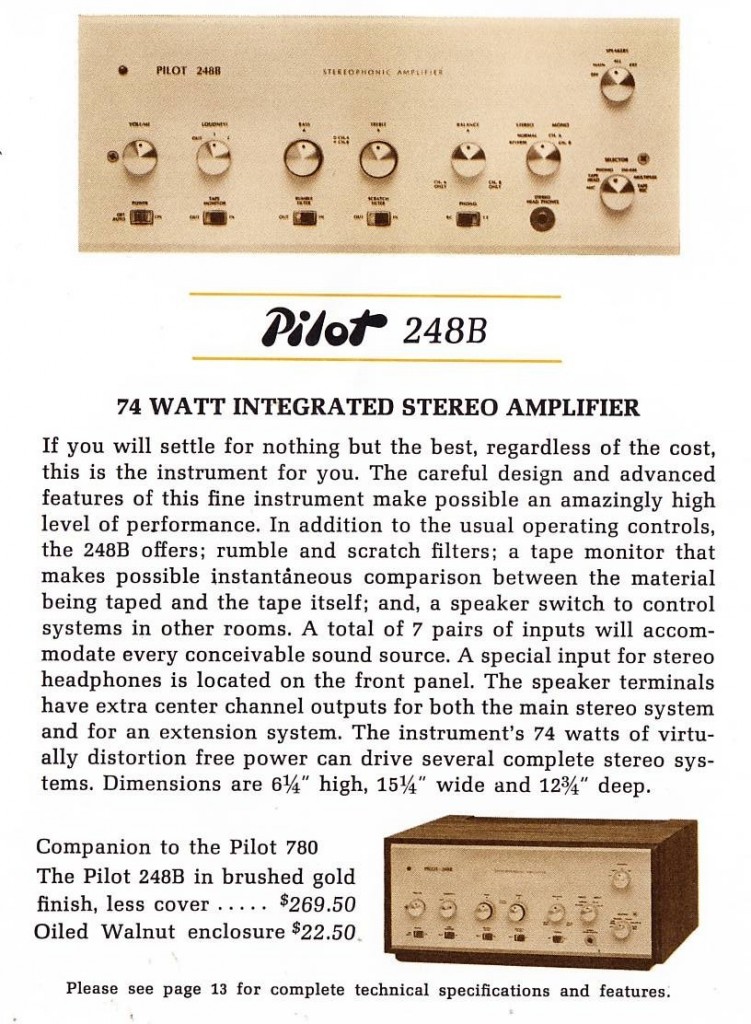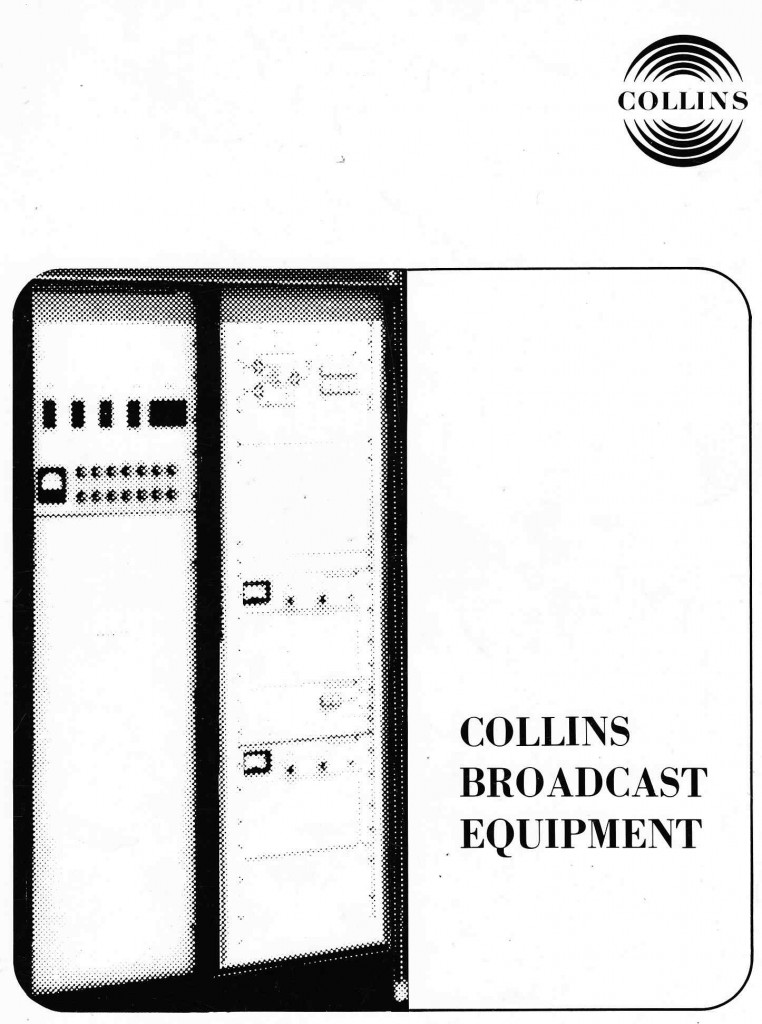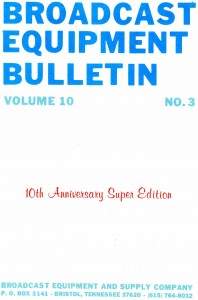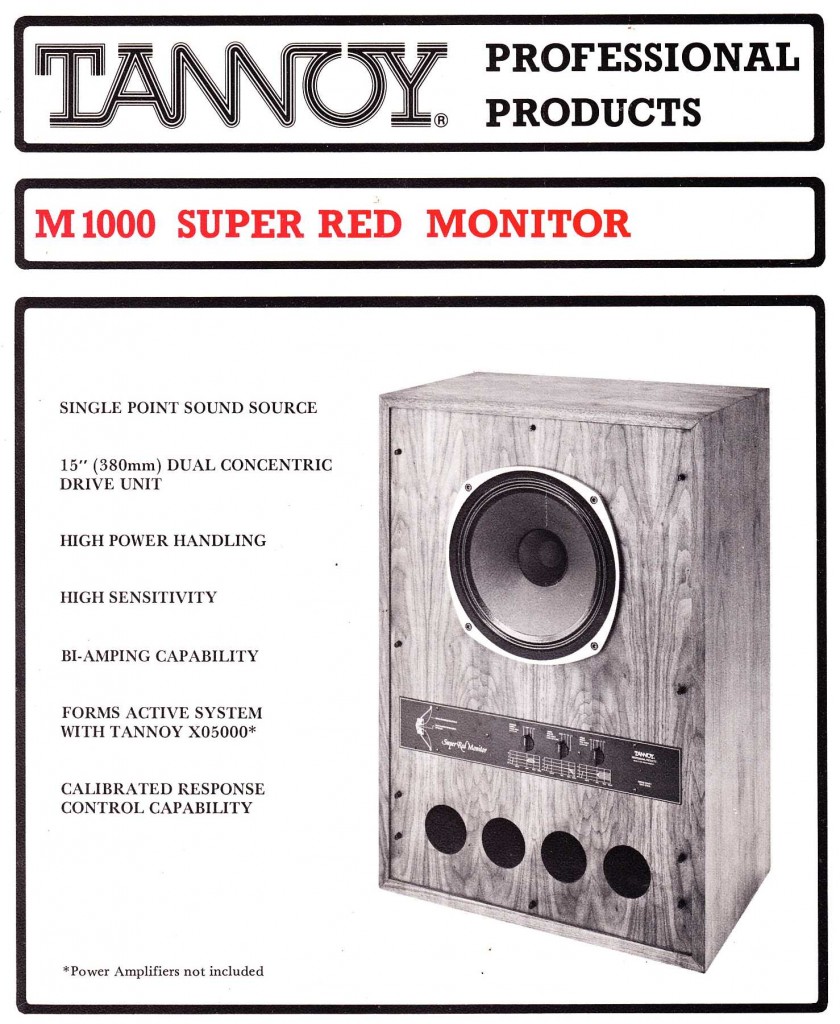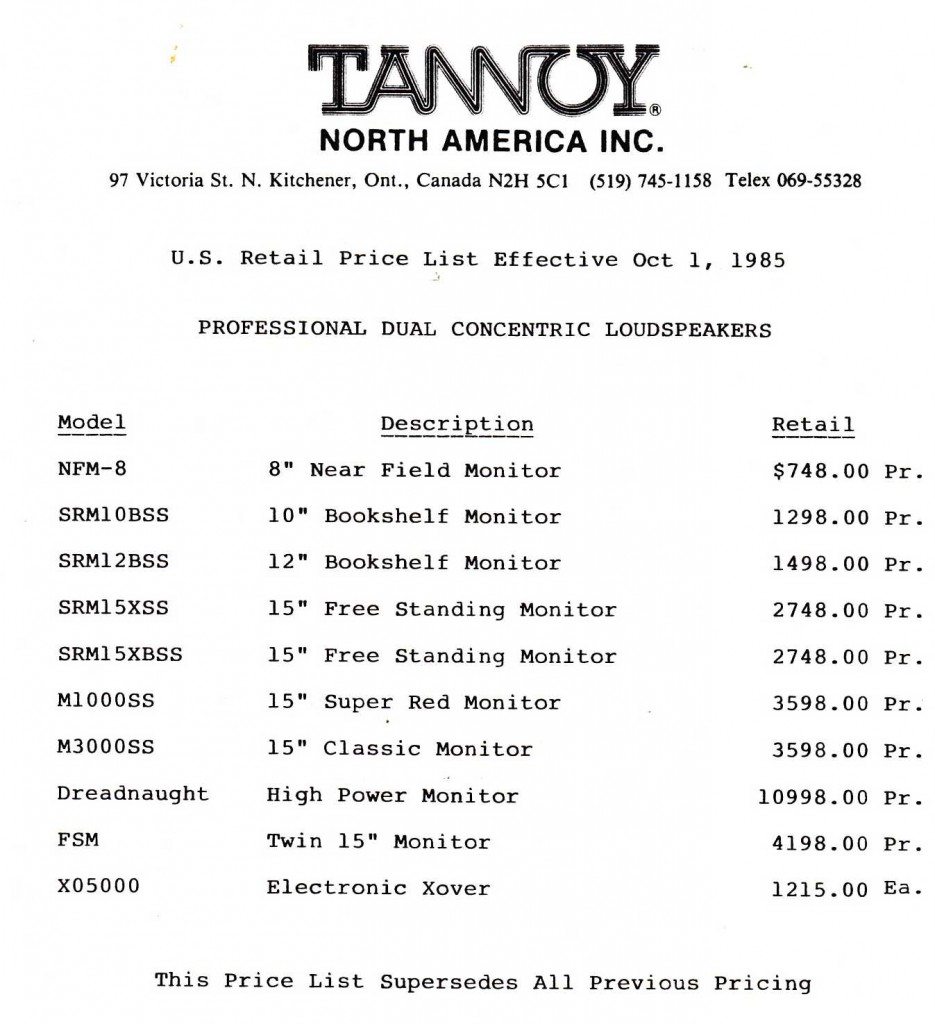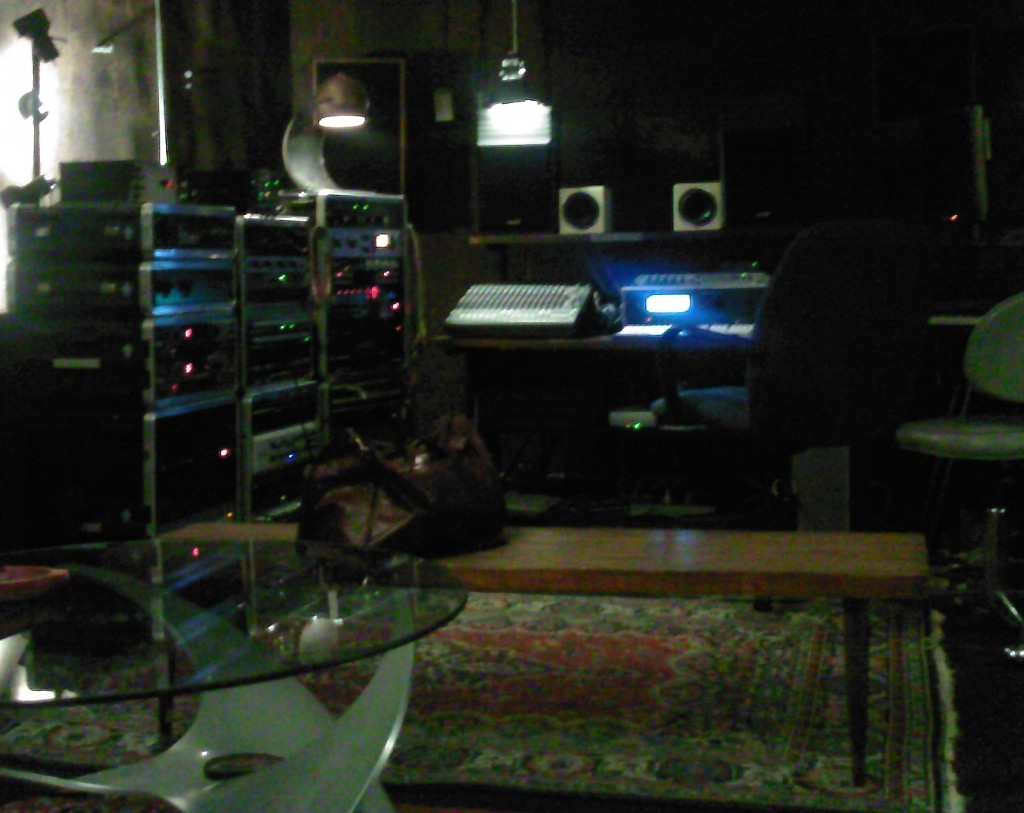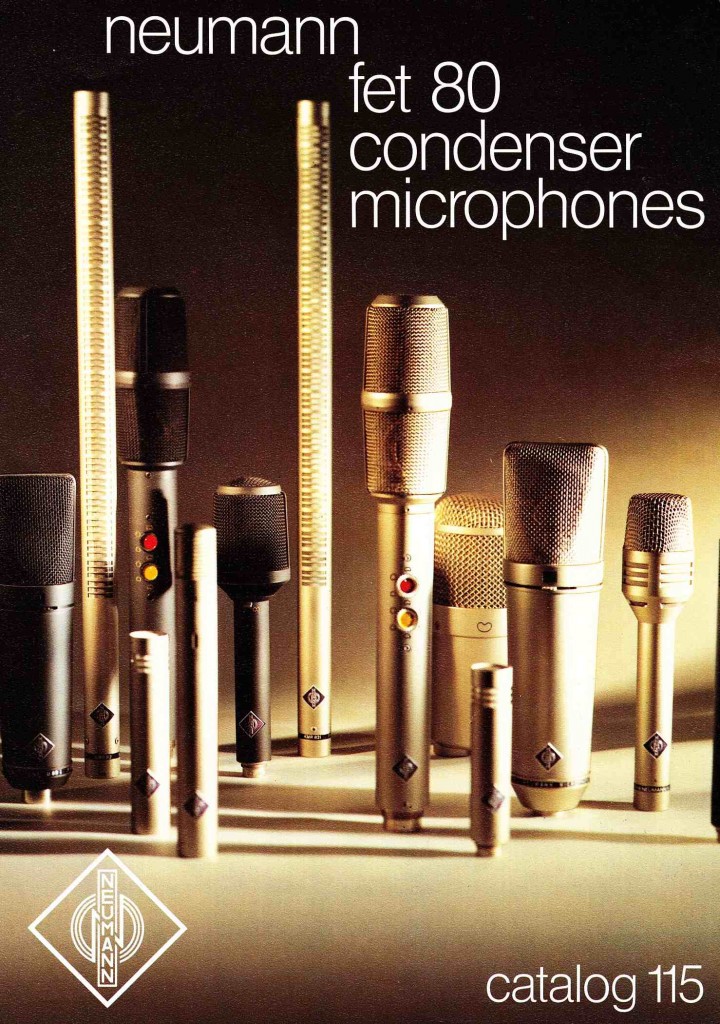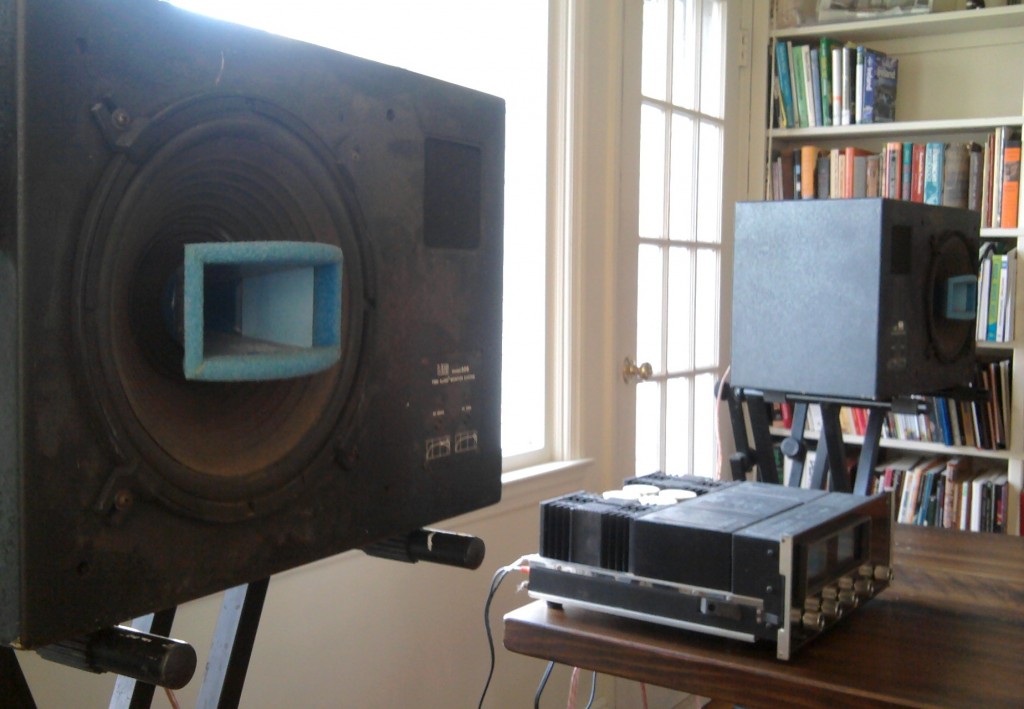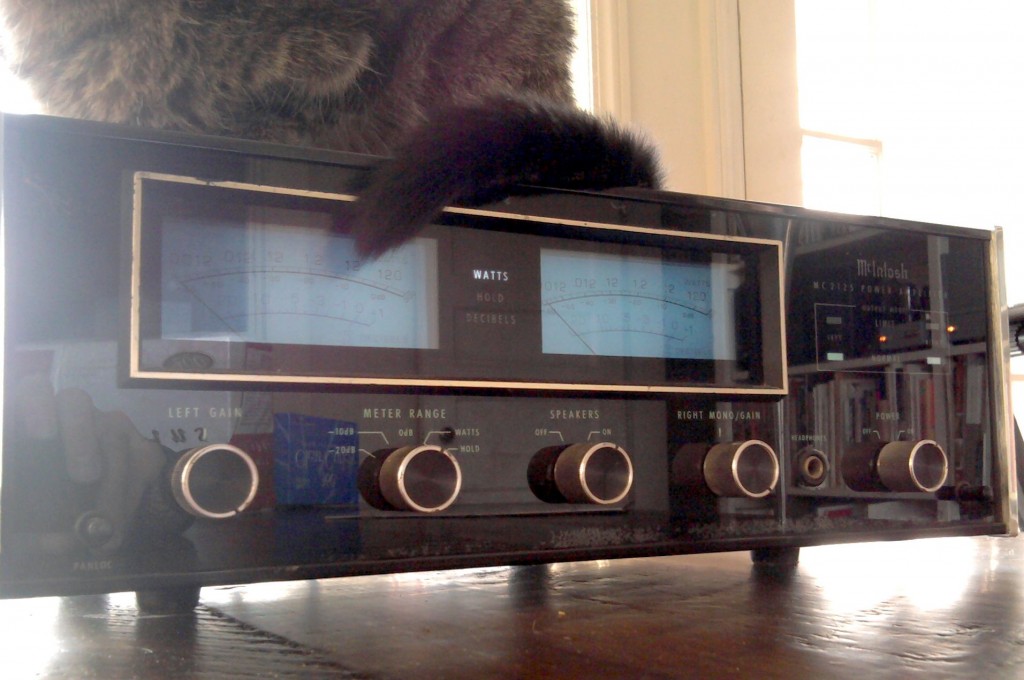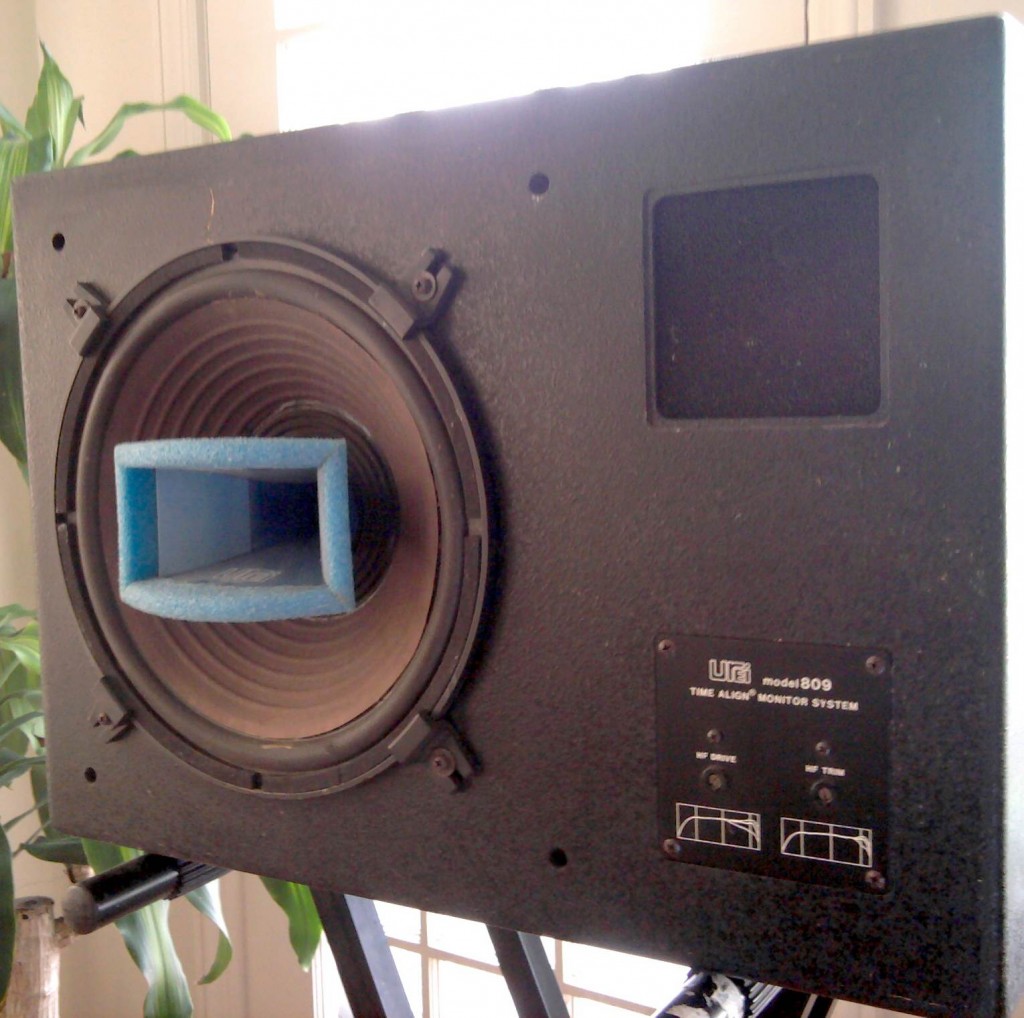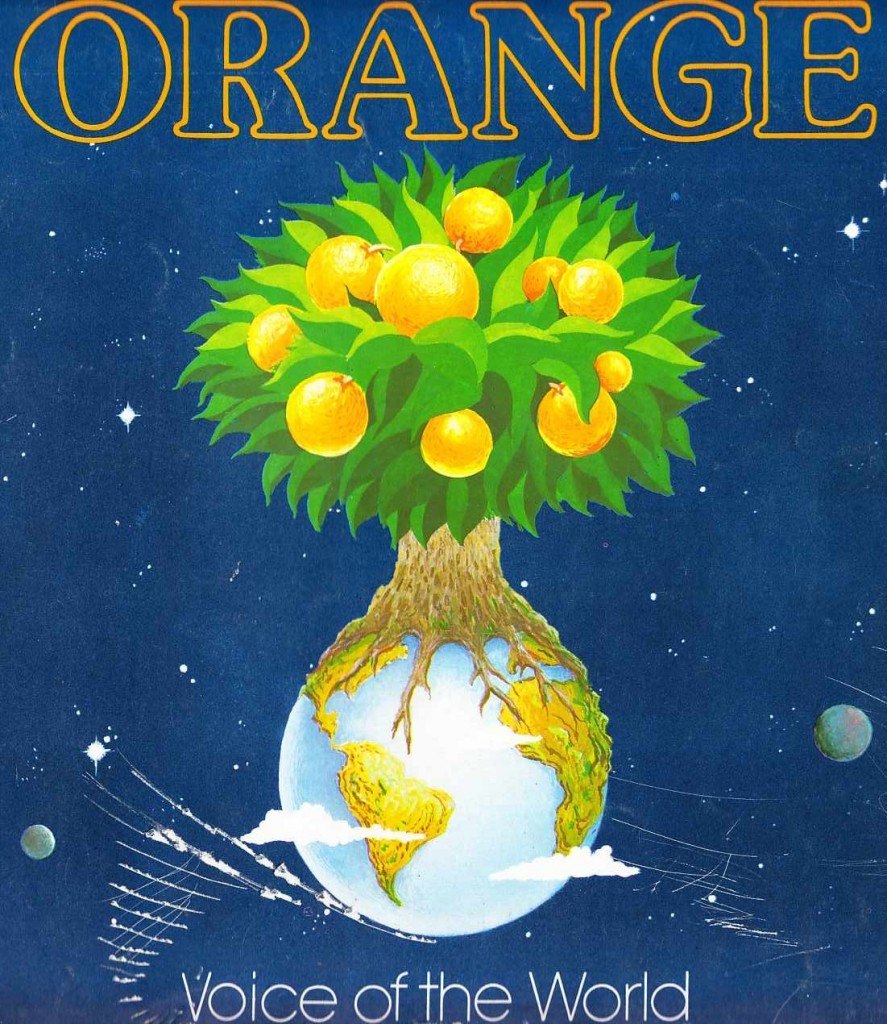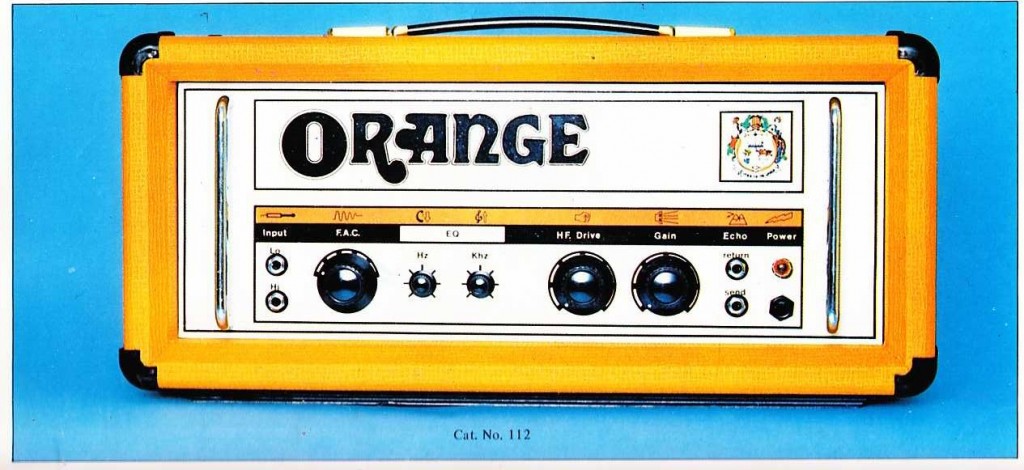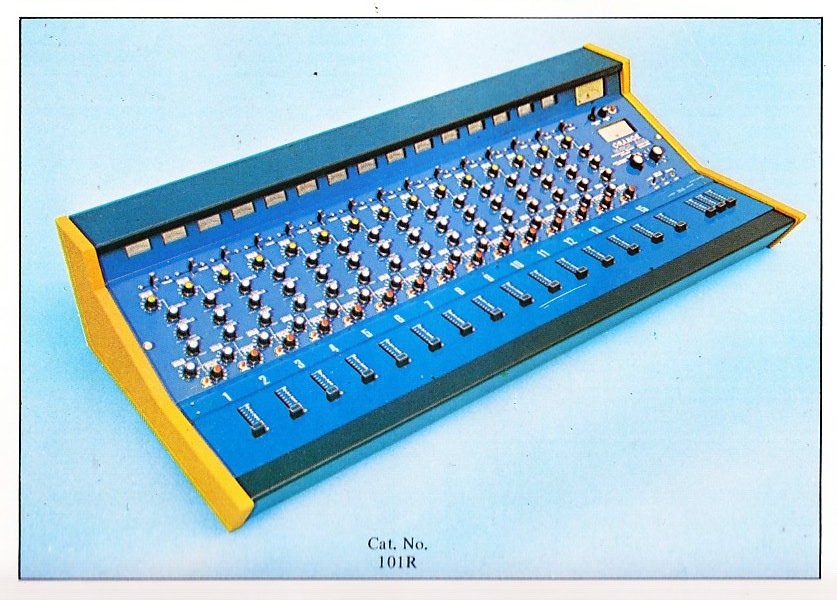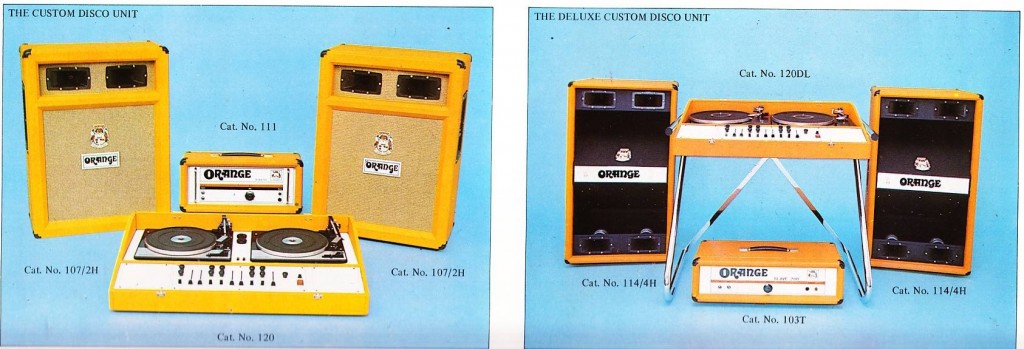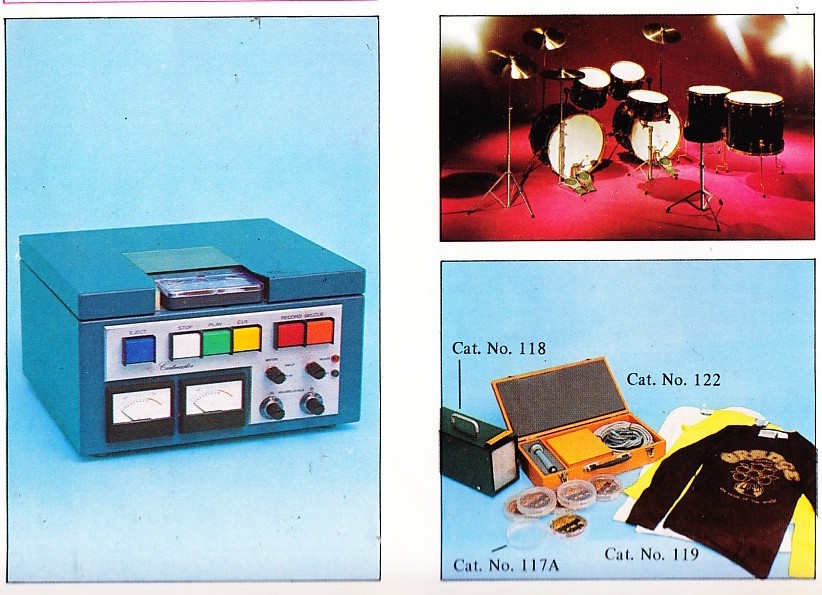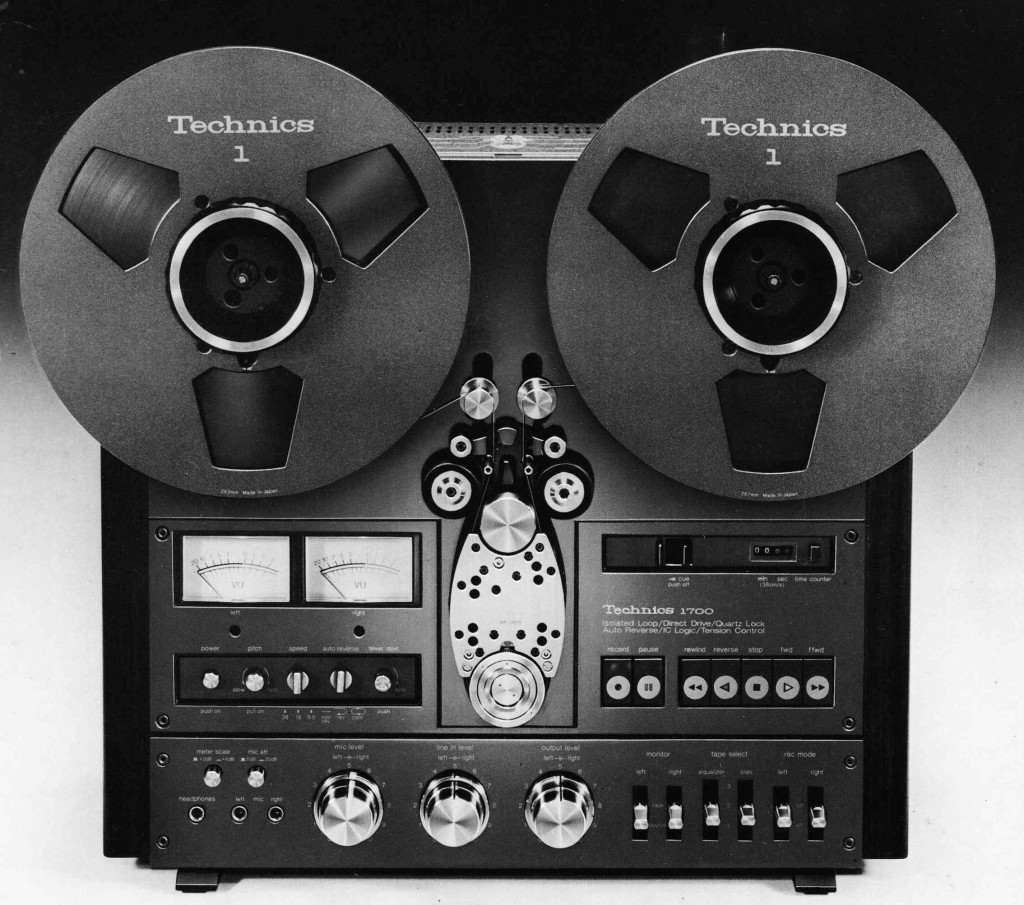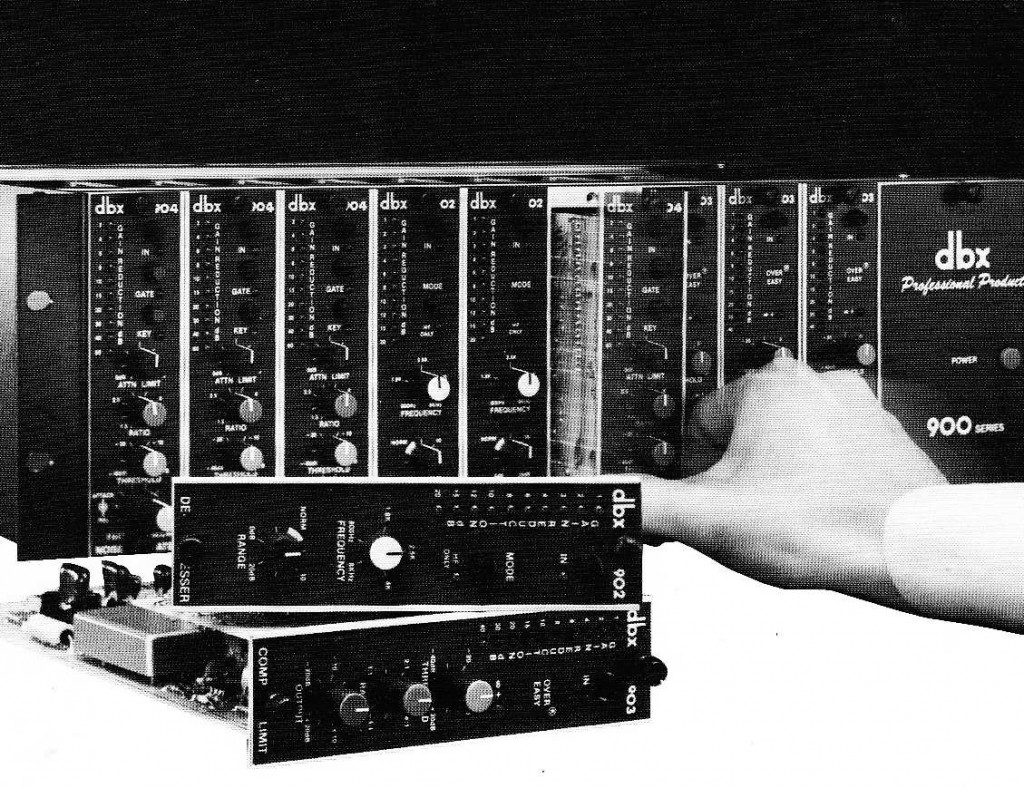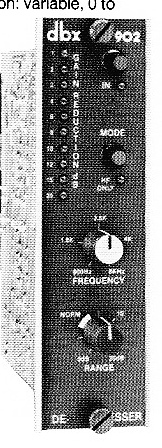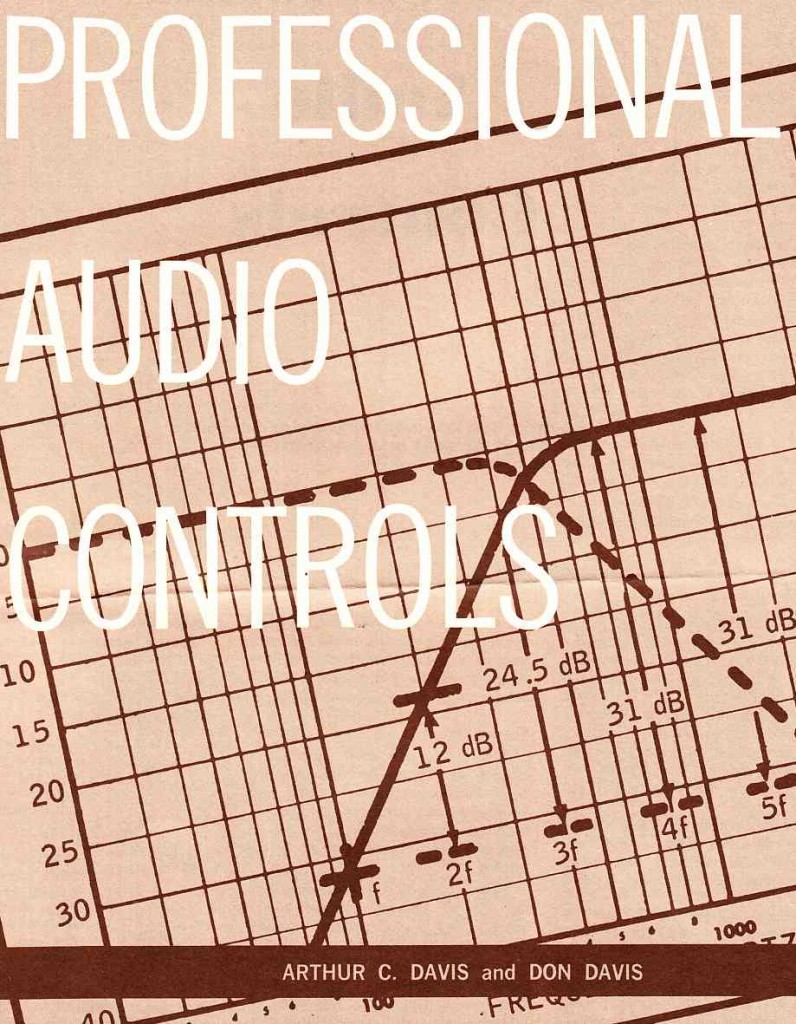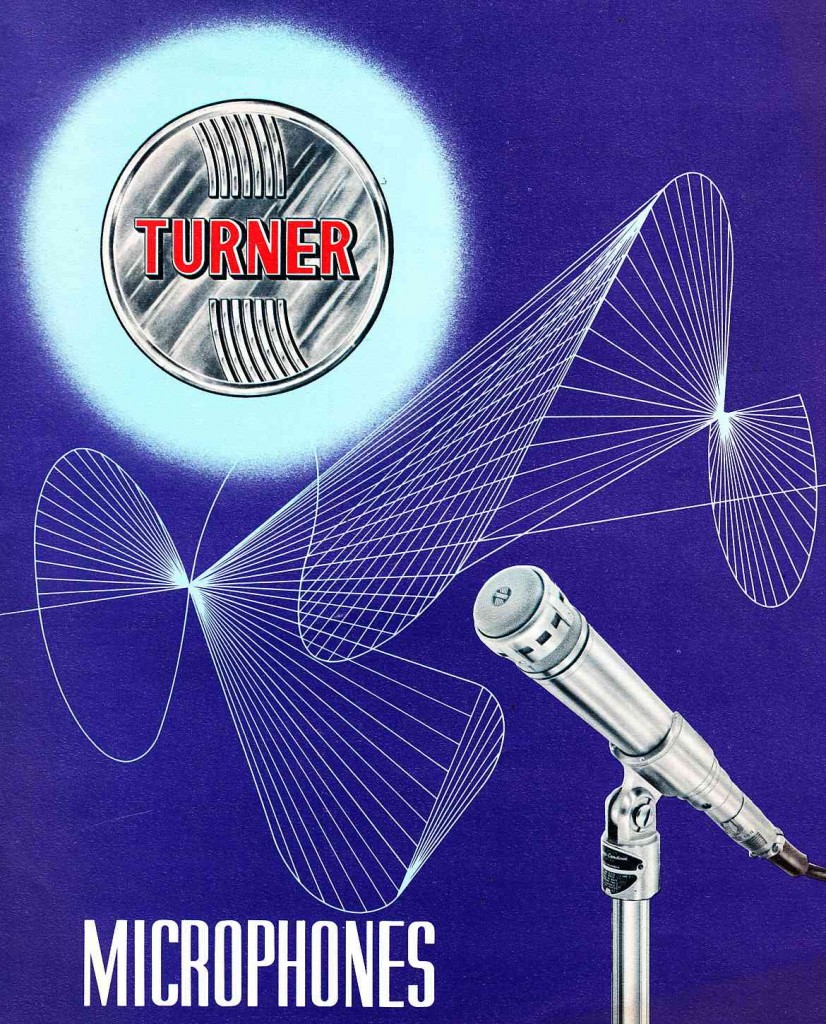 Download the entire circa-1962 Turner Microphone Catalog. Dig the crazy Soviet-esque graphic-design. Printed on that great old eggshell-texture paper, no less.
Download the entire circa-1962 Turner Microphone Catalog. Dig the crazy Soviet-esque graphic-design. Printed on that great old eggshell-texture paper, no less.
DOWNLOAD: Turner_Microphones_1962
The Turner Microphone Company was based for many years in Cedar Rapids, Iowa. What and interesting story they had. The Turners were a highly successful family of morticians. Their funeral home was so large and accommodated so many mourners that in the mid-20’s they became interested in installing an early PA system. This lead to DIY manufacture of PA systems, and eventually microphones. By the Mid-60s, Turner had become one of the world’s leading manufacturers of communications and PA (as opposed to recording and broadcast) mics.
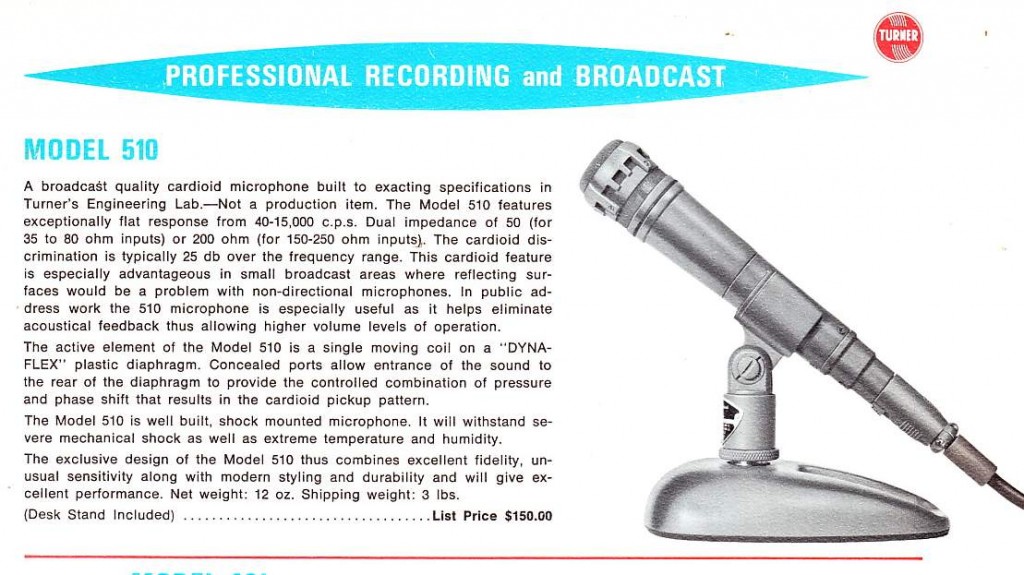 Turner did manufacture some high-end mics for professional audio applications, though. I own a model 510, and it’s not terrible. The grey-blue finish is really stunning. When I get around to it… I hope to do a listening test of the 510 next to some period competitors (EG, Shure SM-56 and an EV 666). 510s are hard to find. The example that I own is the only one that I have ever seen in the flesh.
Turner did manufacture some high-end mics for professional audio applications, though. I own a model 510, and it’s not terrible. The grey-blue finish is really stunning. When I get around to it… I hope to do a listening test of the 510 next to some period competitors (EG, Shure SM-56 and an EV 666). 510s are hard to find. The example that I own is the only one that I have ever seen in the flesh.
 Much more common are the Turner U9s and its several variants. See this link for a listening test I did with a U99 earlier this year. When Turner describes this mic as rugged, they are not kidding. I own three of these; they are around 50-60 years old, and they all work perfectly. And they get used in the studio for ‘certain’ sounds.
Much more common are the Turner U9s and its several variants. See this link for a listening test I did with a U99 earlier this year. When Turner describes this mic as rugged, they are not kidding. I own three of these; they are around 50-60 years old, and they all work perfectly. And they get used in the studio for ‘certain’ sounds.
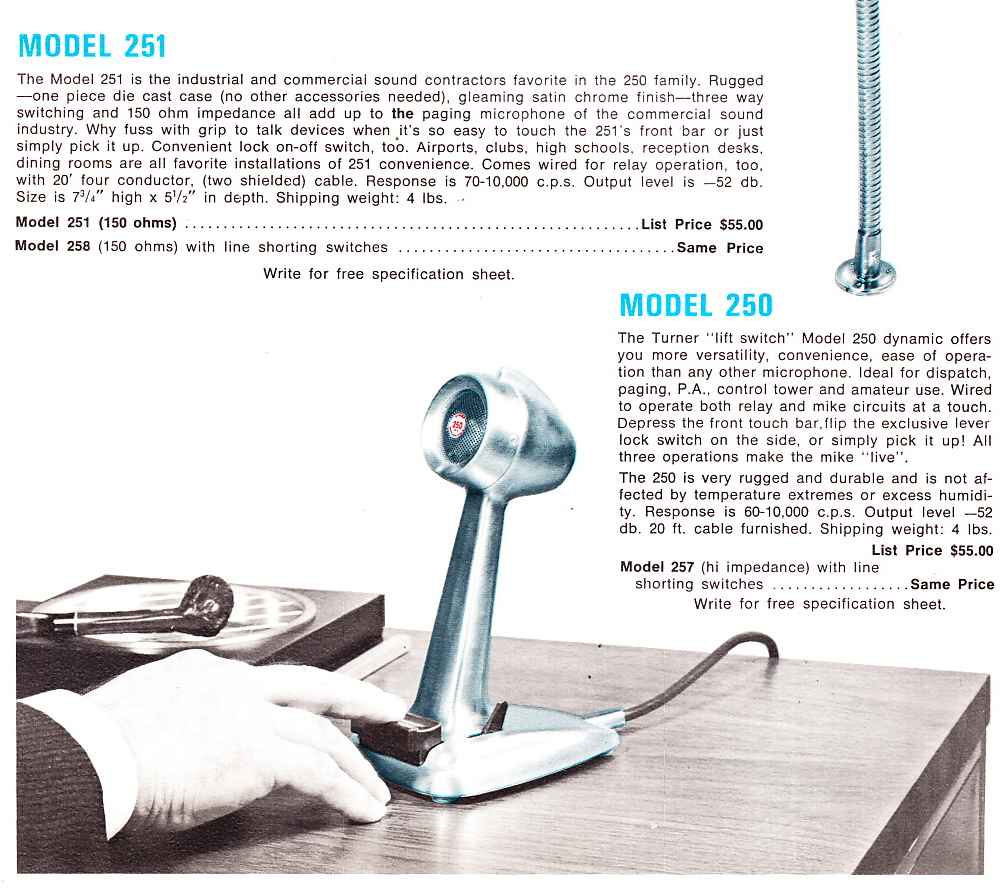
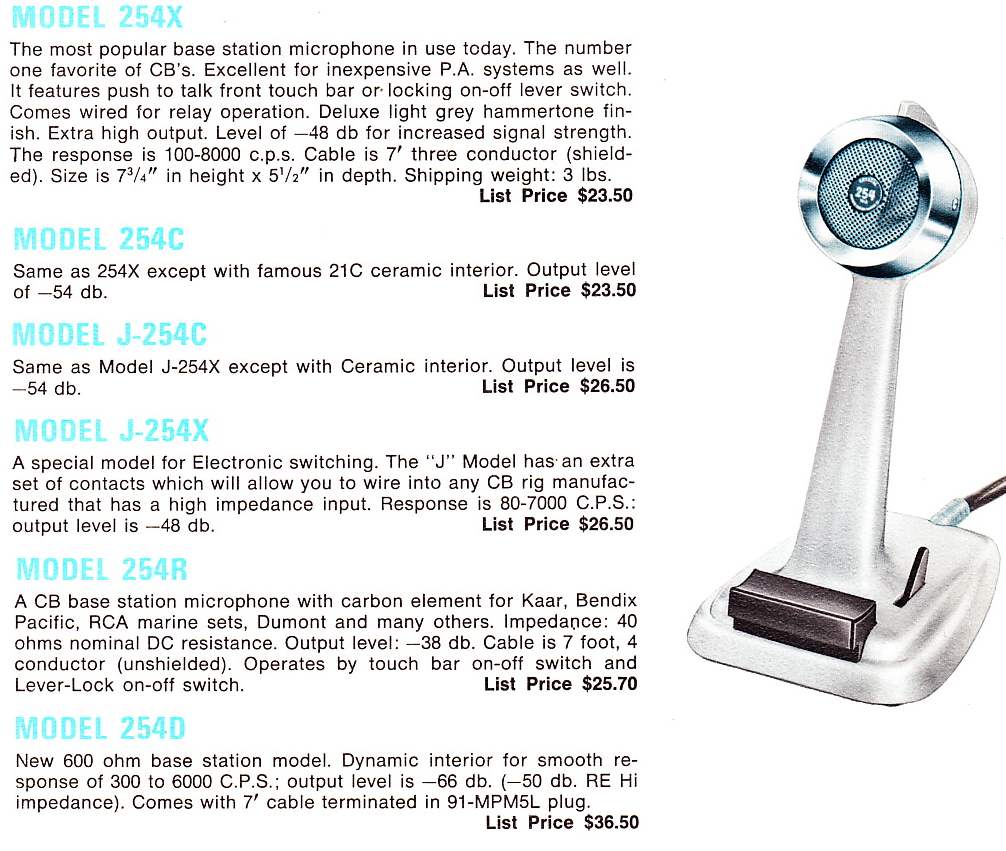 Turner 250 series mics are also commonly found today. They made and sold a shit ton of these for use in PA and paging systems. I like the sound of these mics as a close-mic for raw-sounding rock vocals, along with a good condenser mic a few feet off of the performer for some depth. Blend em and voila. Lots of grit without the typical ‘Strokes-mic’ vibe.
Turner 250 series mics are also commonly found today. They made and sold a shit ton of these for use in PA and paging systems. I like the sound of these mics as a close-mic for raw-sounding rock vocals, along with a good condenser mic a few feet off of the performer for some depth. Blend em and voila. Lots of grit without the typical ‘Strokes-mic’ vibe.
 You will also see a lot of these little plastic Turners around. I have not found a good use for mine.
You will also see a lot of these little plastic Turners around. I have not found a good use for mine.
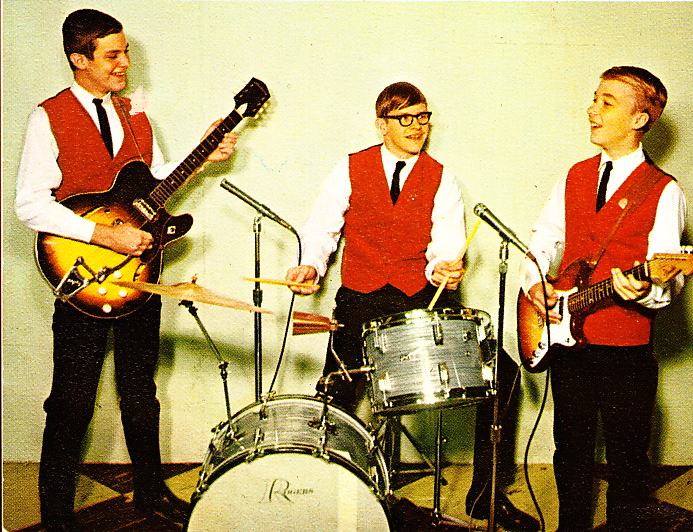 I am not sure that this is an effective way to mic up a rock band, but like I said, Turner Microphones were not considered studio-standard.
I am not sure that this is an effective way to mic up a rock band, but like I said, Turner Microphones were not considered studio-standard.
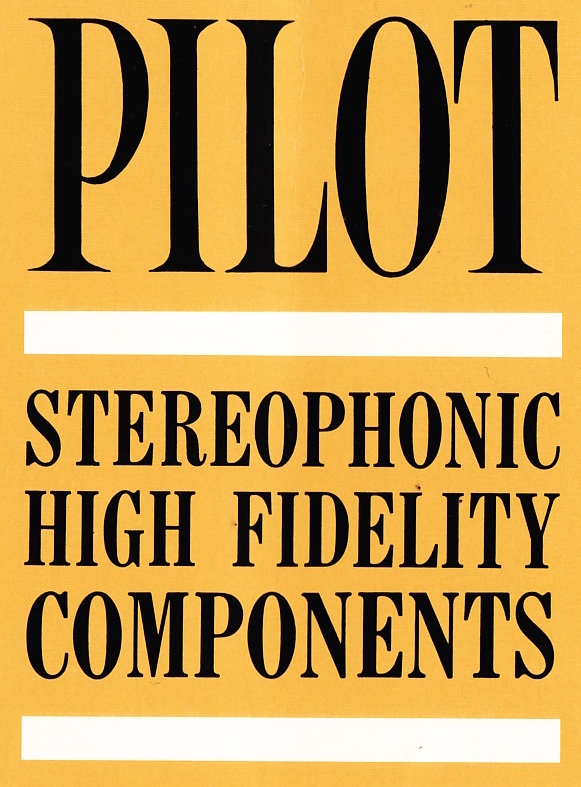 Download the entire twenty-page 1962 PILOT hi-fi catalog:
Download the entire twenty-page 1962 PILOT hi-fi catalog: When you think of //Long Island City/Audio History//, what comes to mind, if anything? Likely Fairchild and Marantz. Pilot made neither pro-audio nor true high-end hi-fi, but as the graphic above reveals, they had quite a deep and storied history. I have only one PILOT piece in my audio-pile (never say c%!!&ction) – an early stereo extension speaker – but I would bet that some of these pieces are pretty decent.
When you think of //Long Island City/Audio History//, what comes to mind, if anything? Likely Fairchild and Marantz. Pilot made neither pro-audio nor true high-end hi-fi, but as the graphic above reveals, they had quite a deep and storied history. I have only one PILOT piece in my audio-pile (never say c%!!&ction) – an early stereo extension speaker – but I would bet that some of these pieces are pretty decent.